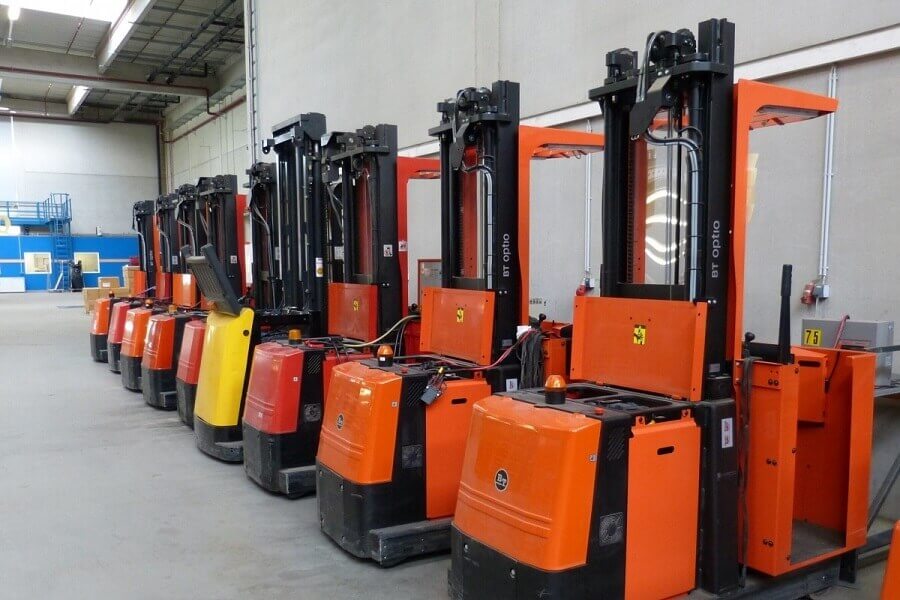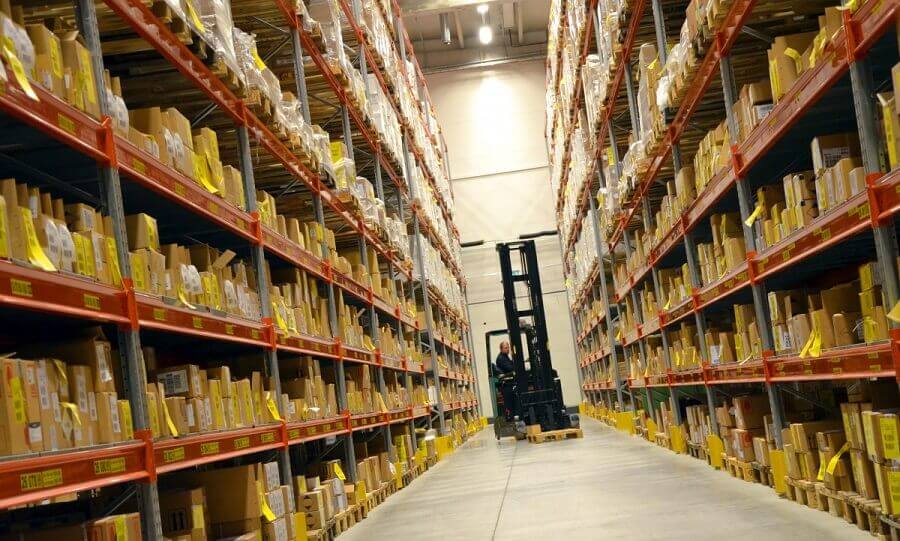Material handling is an essential aspect of many industries, including manufacturing, logistics, and warehousing. It involves the movement, storage, and control of materials within a facility or between facilities, from raw materials to finished products. Effective material handling is critical to ensuring efficient production processes, reducing operational costs, and improving overall productivity.
To optimize material handling, businesses must evaluate their current processes and identify areas for improvement. This can involve implementing new technologies, such as automation or robotics, or optimizing existing processes through better organization and management.
In this blog, we will explore the importance of material handling and provide insights into how businesses can optimize their material handling processes. We will discuss the various technologies and strategies that can be used to improve material handling efficiency, reduce waste and errors, and increase overall productivity.
Whether you're a small business owner or a large-scale manufacturer, the information in this blog can help you streamline your material handling processes and achieve greater success in your operations.
What is material handling?
Material handling refers to the movement, storage, and control of materials within a facility or between facilities. It involves the physical handling of materials, such as raw materials, finished products, and supplies, as well as the management and organization of those materials to ensure efficient production processes. Material handling encompasses a wide range of activities, including transportation, storage, picking, packing, and loading and unloading of materials. Effective material handling is critical to ensuring efficient production processes, reducing operational costs, and improving overall productivity.
Tips To Optimize Material Handling:
- Evaluate Current Material Handling Processes
The first step in optimizing material handling is to evaluate current processes. This involves reviewing existing procedures and identifying areas for improvement. Businesses should examine factors such as material flow, storage, transportation, and handling to identify any bottlenecks, inefficiencies, or safety hazards. By analyzing current processes, businesses can identify areas that require improvement and develop solutions to address these issues.
- Use Automation and Robotics
Automation and robotics can significantly improve material handling efficiency by reducing the need for manual labor and increasing accuracy and speed. Automated systems can perform repetitive tasks, such as sorting, transporting, and packaging, with greater speed and accuracy than manual labor, resulting in significant time and cost savings. Robotics can also be used for tasks that are difficult or dangerous for humans, improving safety and reducing the risk of injury.
- Implement Lean Principles
Lean principles involve the elimination of waste and inefficiency in production processes. By implementing lean principles, businesses can optimize their material handling processes by reducing unnecessary steps, streamlining workflows, and improving overall efficiency. For example, businesses can implement visual management techniques, such as color-coded materials and labels, to reduce the time spent searching for materials and improve inventory management.
- Optimize Material Handling Equipment
Optimizing material handling equipment involves selecting the right equipment for the job and maintaining that equipment to ensure optimal performance. Businesses should assess their material handling needs and select equipment that is appropriate for the task, such as forklifts, conveyors, and pallet jacks. Regular maintenance of equipment is also critical to ensuring optimal performance, reducing downtime, and extending the lifespan of the equipment.
- Organize the Workspace
Effective organization of the workspace is essential for efficient material handling. Businesses should implement a system for organizing materials, such as storage racks, bins, and shelves, to improve accessibility and reduce the time spent searching for materials. In addition, businesses should implement a system for labeling materials and supplies to improve inventory management and reduce the risk of errors.
- Train Employees
Proper training of employees is critical to ensuring optimal material handling processes. Employees should be trained on the proper use of equipment, including safety procedures and maintenance requirements. They should also be trained in the use of technology, such as automated systems and robotics, to ensure optimal performance and reduce the risk of errors.
- Use Real-Time Data and Analytics
Real-time data and analytics can provide businesses with valuable insights into their material handling processes, allowing them to identify areas for improvement and make data-driven decisions. Businesses can use data and analytics to track inventory levels, monitor equipment performance, and identify areas of waste or inefficiency. By leveraging real-time data and analytics, businesses can optimize their material handling processes to improve productivity and reduce costs.
- Implement Continuous Improvement
Continuous improvement involves the ongoing evaluation and optimization of material handling processes. By implementing a continuous improvement program, businesses can identify areas for improvement and implement changes to optimize their processes. Continuous improvement programs should involve regular evaluation of processes, identification of areas for improvement, and implementation of changes based on data-driven insights.
Summary
Optimizing material handling processes is essential for any business that deals with the movement, storage, and control of materials. By evaluating current processes, utilizing automation and robotics, optimizing storage and layout, using technology to track inventory, training employees on best practices, and implementing lean material handling principles, businesses can achieve greater success in their operations.
These tips can help businesses streamline their material handling processes, reduce costs, and improve overall efficiency, ensuring that they can compete effectively in today's competitive market.







